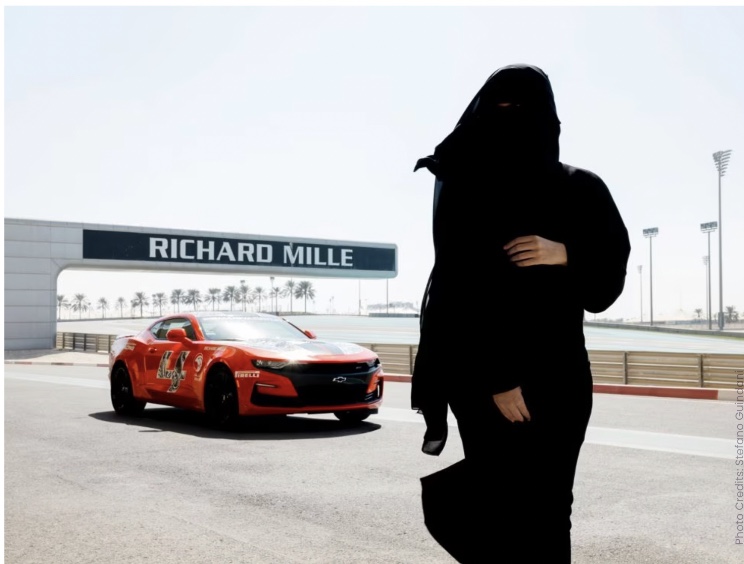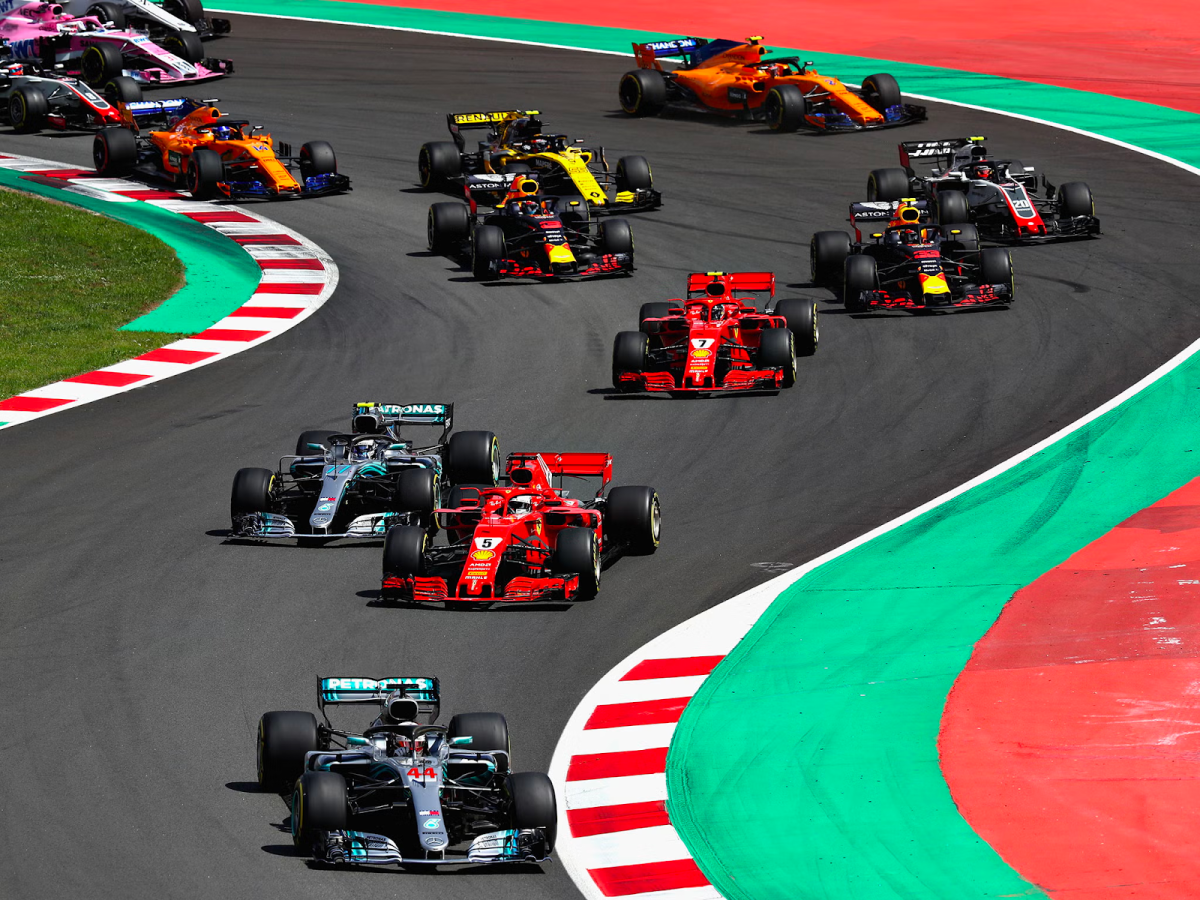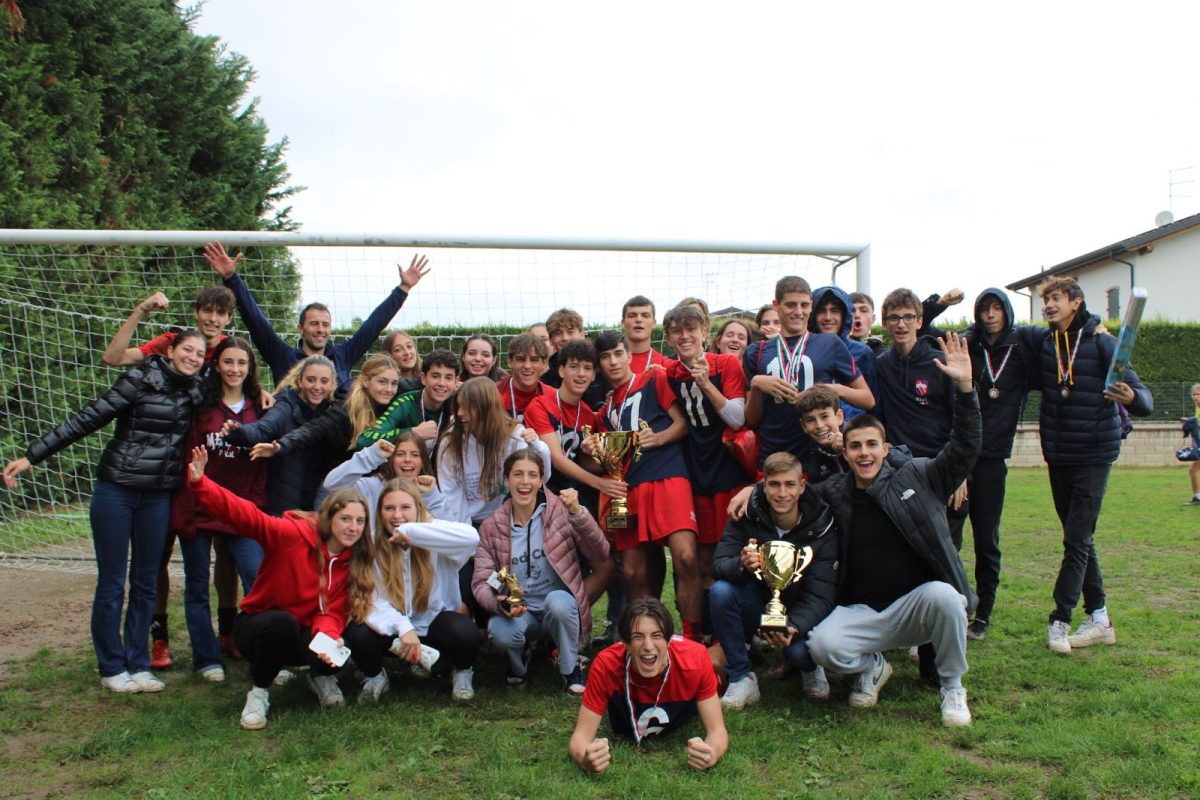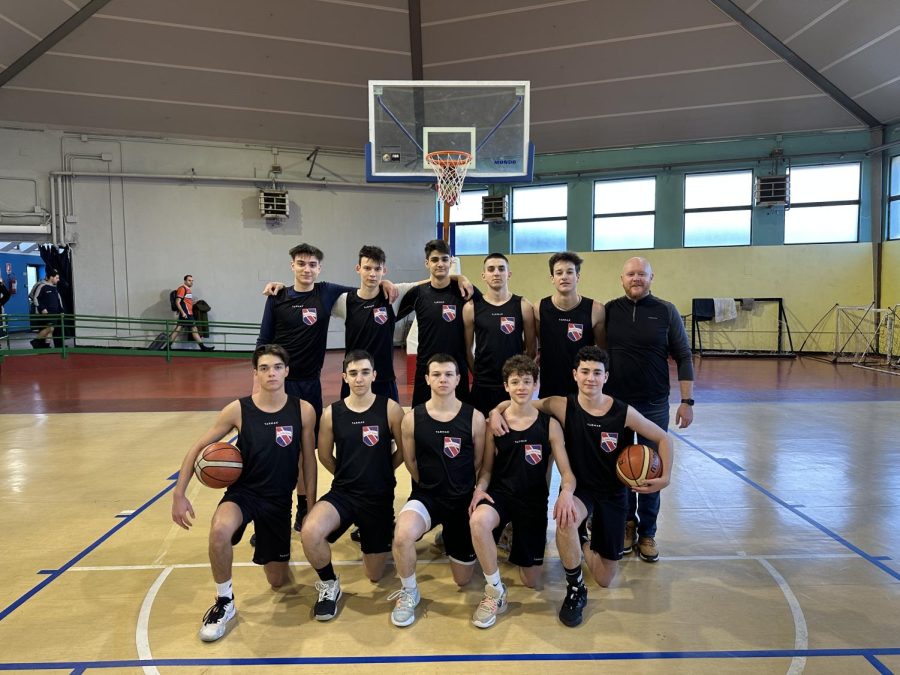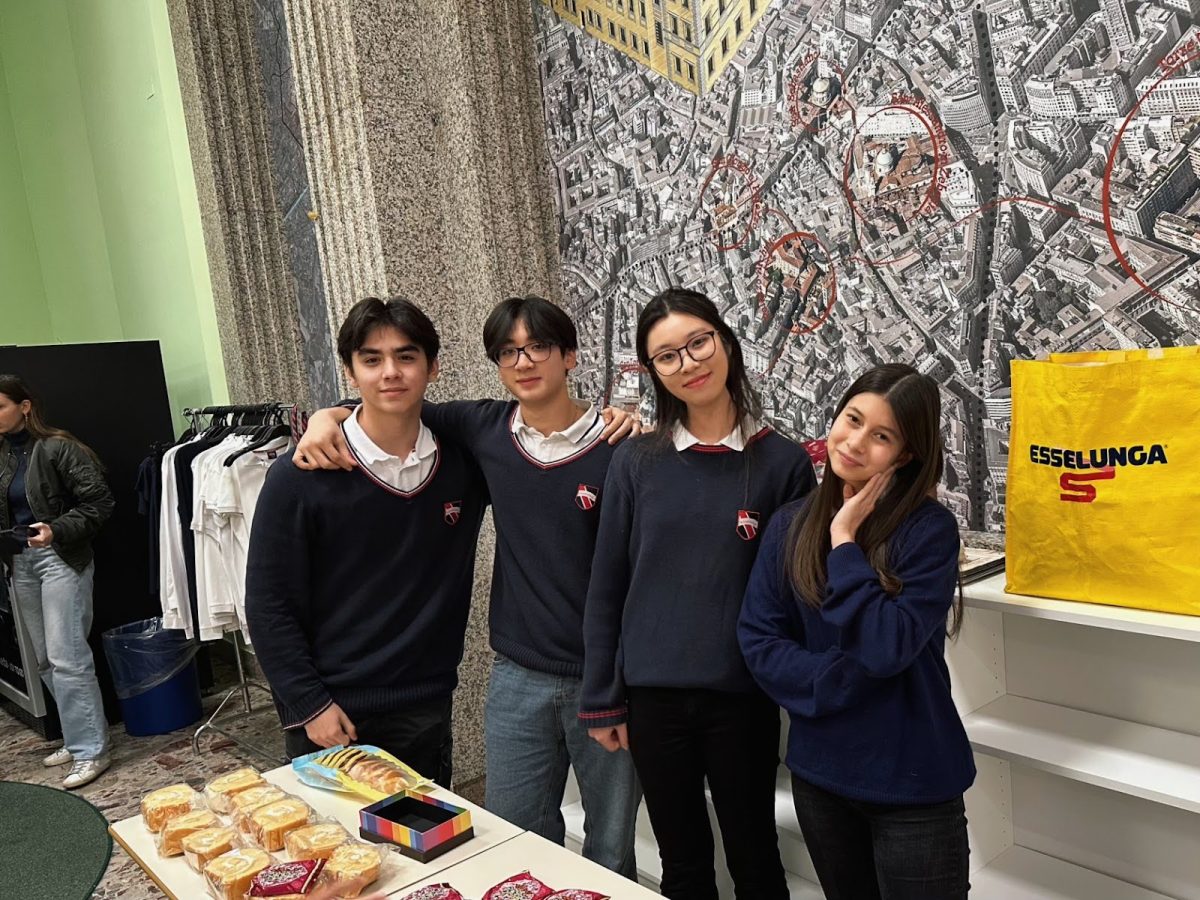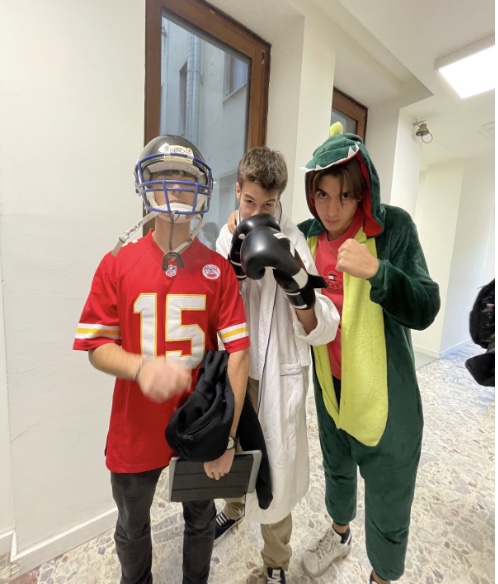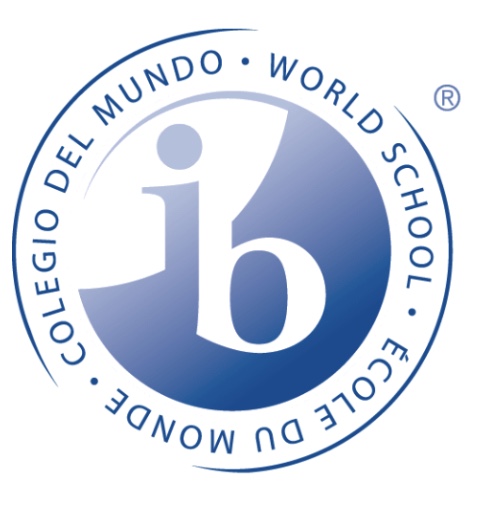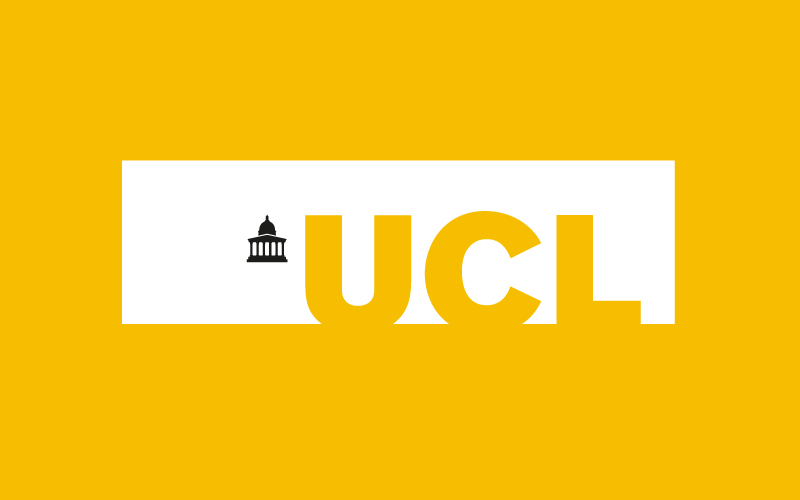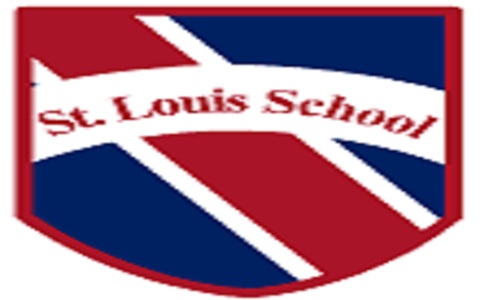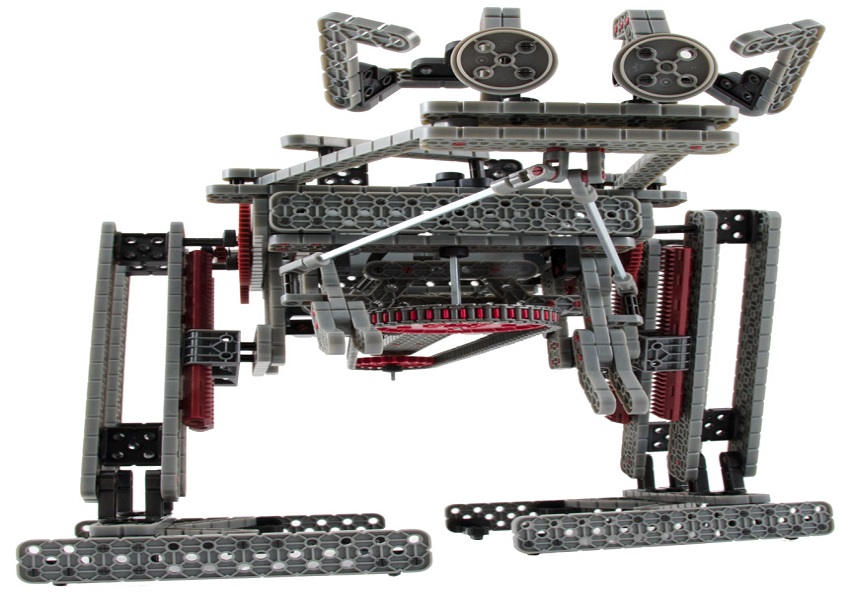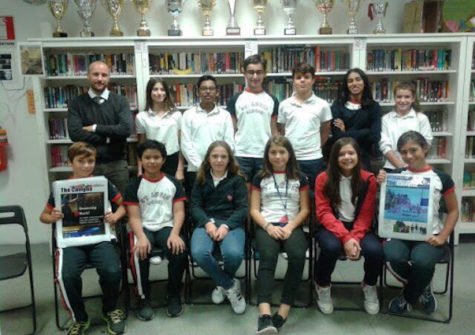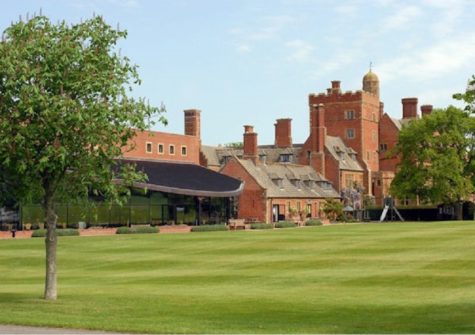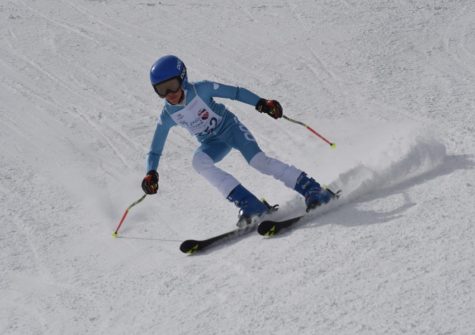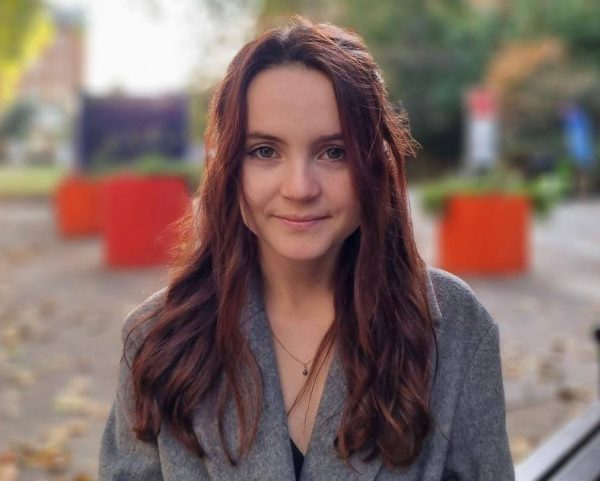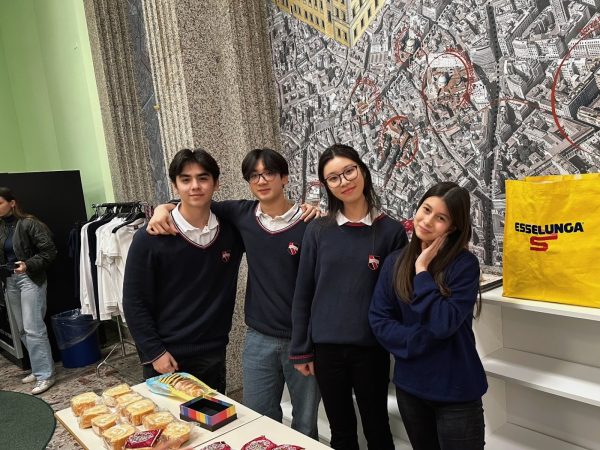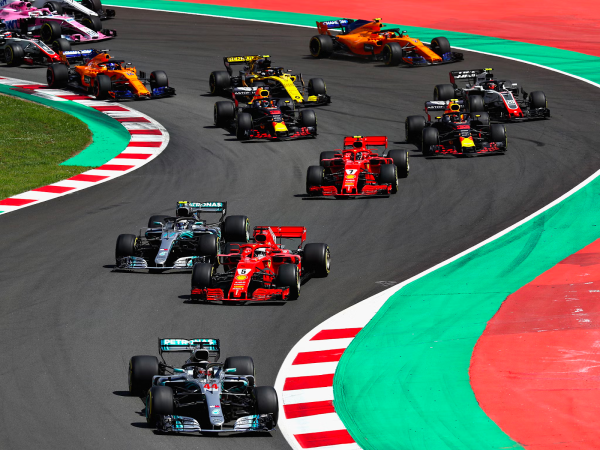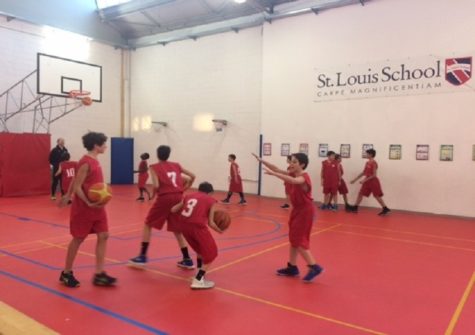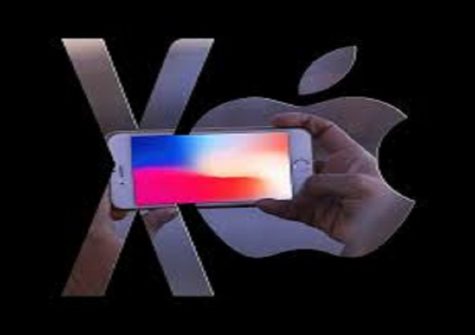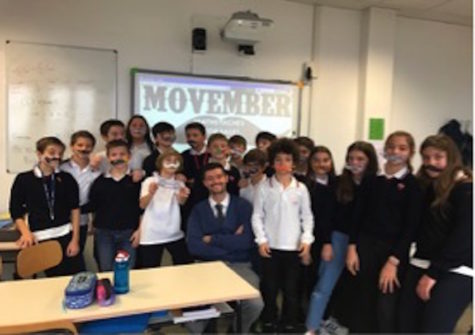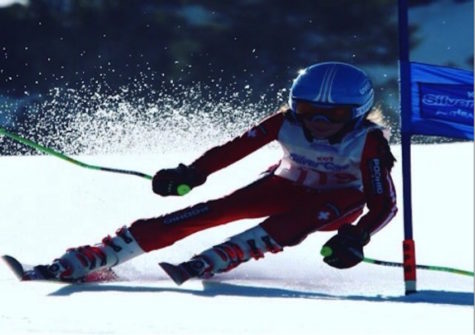i-Robot
Technology over the past 20 years has improved rapidly: think finger print
recognition, cars which can hold conversation, drones delivering the
essentials, you get the picture. But this so called ‘technological outburst’ has in
reality been evolving at the speed of light since way back. Since the 1920s,
following a period of mass industrialization, we have been dreaming and writing
about all sorts of futuristic technologies: Back to the Future, Star Wars and 1984
are just three examples, from screen and script, which explore our wildest tech
fantasies.
In the period between the 1920’s and 60’s, sci-fi novels were very common (War
of the Worlds just one example) and led people to believe in modern
technologies and superior beings from outer space. These technological ‘visions’
have revolutionized the way we think, feel and even learn. Google Classroom,
lap-tops and computing are completely changing the modern day classroom.
This is exactly what has happened at St. Louis, where students have been taught
from a young age ‘how’ to use technology to their advantage.
As students’ capabilities and program writing improves, in subjects like
Computing, it has been possible for the school to enhance our level of learning
by providing us with the sufficient tech and building materials to create our own
robot- and this is exactly what we have done! For Year 9s, this was a difficult task to undertake, but when proposed to the Caviglia students, it was soon evident that no one would back out of this challenge!
The ‘Vex’ Robot’s distinctive claw can be used for a variety of purposes.
Introducing the Vex, a robot designed, built, programed and driven by students
from St. Louis, under the expert tuition of Computing teacher, Mr. Rees. At first
glance, it looks like something you might expect to see picking-up litter in some
futuristic world: a large claw dips and rises from a traditional wheeled base,
which is compact and allows for sharp turns and quick acceleration. The
computer language used to control the robot is ‘Python’ and can be re-written if
the tasks of the robot need to be altered.
Interviewing students in Year 9, we learned the main purposes of this robot, how
they wrote the script and some high-tech terms that only these technological
wiz-kids could understand: “This technologically advanced robot is controlled by one small computer at its core”, one eager programmer told us. “Its main purpose is to move around the room exploring, as it is controlled by one of the students”.
At first glance, this description may make you think that these tech-no-it-alls built an RC car, but this robot is much more… “The robot is equipped with a robotic arm”, we are told by a driver, clutching at the controls with excitement. “This allows us to lift and hold small objects, whilst transporting them from A to B. The driver is ultimately in control but the robot does all the hard work”.
With some programming, this robot can even perform certain tasks without a
human controlling it. When interviewing the teachers, who had the idea of
building this technological robot, they said chuckling: “the next step is artificial
intelligence.” But what of the students themselves? Mr. Rees, in an exclusive
interview with The Caviglia, said: “Students were all provided with roles in the
project, such as mechanical engineer, electrical engineer, software engineers or
a management role. They were then required to work together to complete the
project to a given time frame. They experienced the difficulties of product
development, but gained valuable technical, managerial and social skills. I look
forward to seeing them apply these to their future studies”.
We look forward to more exciting, technological developments in the future!








